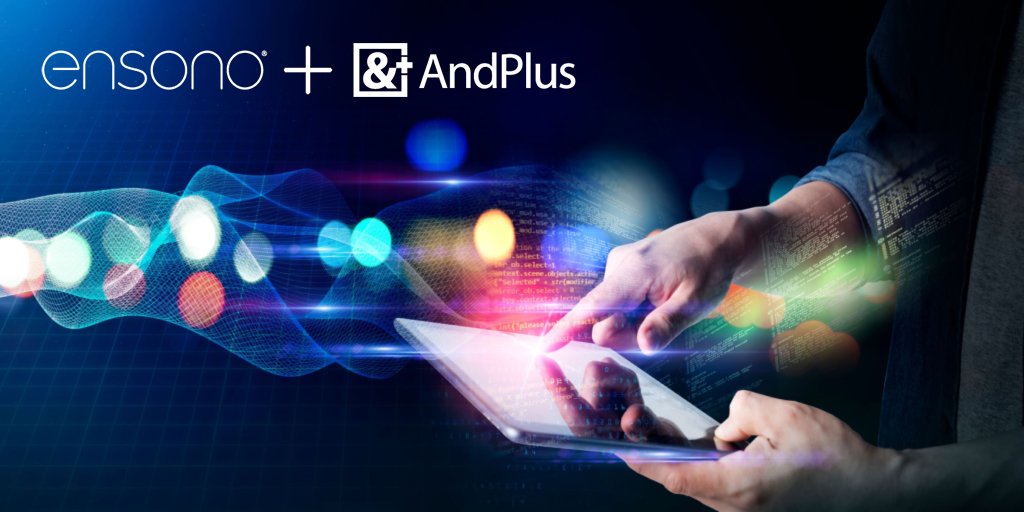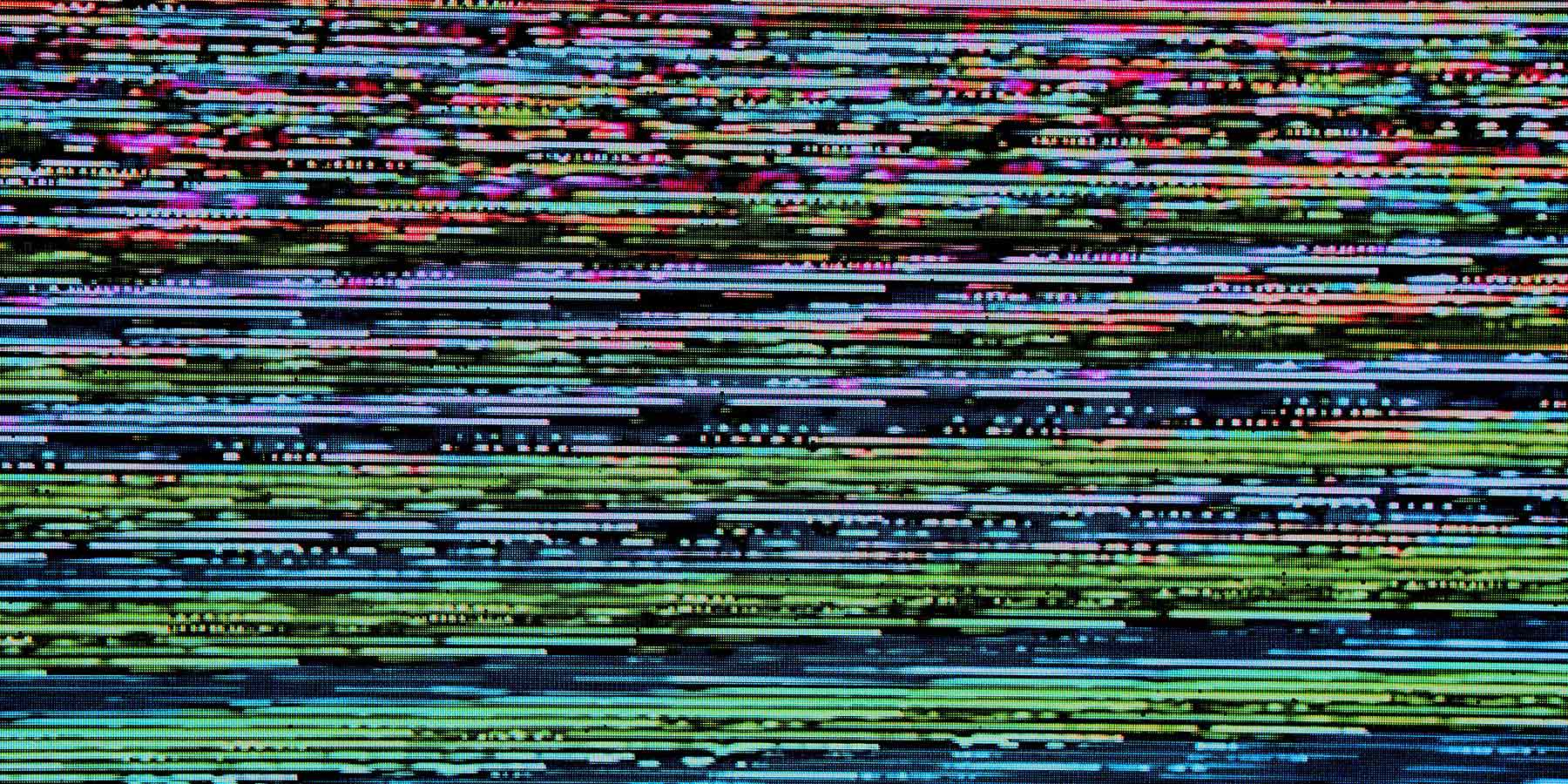With IoT, the age of medical devices has truly arrived. Creative engineers and diligent application developers like AndPlus, have created devices that are both life-saving innovations and the start of a new healthcare data art form. And the momentum is spectacular.
This year, Cisco projects that there are 29.3 billion devices connected to the internet, and 50% of those are IoT. The global IoT healthcare market is expected to grow at a CAGR of 19.1% and reach USD 230.53 billion by 2026. North America is expected to generate the strongest revenue in this market due to early adoption. Moving forward, IoT in healthcare should be worth 446.52 billion with a CAGR of 25.9% by 2028. By the end of that period, the strength of the momentum will be coming from Asia.
The breadth of IoT solutions taking hold across the healthcare industry is diverse. The devices, systems, software and services include device management, data collection and analytics, information security, solution integration, telemedicine, workflow management, connected imaging, inpatient monitoring, medication management and more. Hospitals, clinics and surgical centers represent the largest portion of the install base for IoT healthcare devices.
From a big picture perspective there are two major missions (or a combination of the two) that drive IoT innovation in the medical market: One, to ensure a higher patient experience with better care with improved treatment outcomes and two, to reduce costs with better processes, improved workflow, error reduction and efficient performances.
Here is a list of ten examples of IoT innovations in the medical market. Five of the ten support the mission of elevating the patient experience and results. The other five support the medical industry by reducing costs that keep the industry both healthy and affordable.
IoT patient experience devices
1. Smart Monitors
While in the hospital, past medical occurrences, and getting immediate treatment, were all a matter of the right personnel being around at the right time, and detecting signs of the issue. Philips Acute patient management solutions can provide continuous monitoring of patients and produce acute care workflows. They predict insights on the patient’s prognosis. Patients can be monitored from anywhere and the care team receives notification of patient deterioration and needs. Its input can affect the decisions about the patient’s care and thereby increase the chances of a positive outcome.
2. Self Testing Devices
Patients can now get their medical data documented before they leave the house. IoT devices allow them to test themselves at home. Anura’s artificial intelligence device, for example, allows patients to measure their health indicators. It measures heart rate, irregular heartbeats, breathing rate, blood pressure, stress level and other cardiovascular disease risks. With COVID concerns around in-person visits, this solution helps patients know the details about potential symptoms without having to expose themselves to a public environment.
3. Smart Injectors / Automatic Drug Delivery Systems
These devices automatically deliver medication into the patient’s body when it is required. No direct human intervention means no human error, or risk that a busy nurse is distracted. The BD Libertas™ wearable autoinjector, for example, is a hands-free injection system designed to automatically deliver high-volume and/or highly viscous biotech drugs subcutaneously. It can do this at home or in a clinical setting. It delivers a wide range of therapeutic drugs in whatever timeframe is required, from a few seconds to several minutes.
4. Swallowable Sensors
These sensors are the size of a pill and swallowed. The Atmo Gas Capsule, for example, electronically reports important data about the patient’s gastrointestinal system by detecting gasses that are occurring in real-time. It uses biomarkers to diagnose issues, which gives the physician a way to target treatment.
5. Wearables
Wearables are items of clothing or jewelry that are both fashion-forward and medically helpful. The Movano Ring is a prime example. It sports a bold design and a thin build, so it is attractive and trendy. It also packs a powerhouse of health monitoring. It measures heart rate, heart rate variability, sleep, respiration rate, temperature, and blood oxygen.
IoT Cost Reduction Devices
6. Environmental Temperature Control
Onset’s InTemp manages and audits the temperature of vaccines in transit, and in refrigerated storage. The application developed for this solution was by AndPlus, and the device not only regulates the temperature, preventing waste, it also efficiently reports the data to the InTemp Cloud. It provides 50 precise readouts per hour replacing what would be an inefficient and error-prone manual recording system.
7. Smart Connected Beds
Thanks to technology and the growing innovation of IoT devices, the hospital bed has been reimagined. New smart beds monitor up to 35 data points, including a patient’s weight, body temperature, and heartbeat; and include blood, oxygen, and pressure sensors. The beds will electronically update a patient’s medical record with all data, including how many times the patient left their bed and how often they’ve been turned in bed.
Some smart beds even include verbal alerts that can be triggered, like, “please don’t get up,” and USB ports for patients to charge their mobile devices. Stryker, for example, manufactures a completely wireless hospital bed, ProCuity™. This intelligent bed was designed to help reduce in-hospital patient falls at all acuity levels, improve nurse workflow efficiencies and safety, as well as help lower hospital costs. It connects seamlessly to nurse call systems without the use of cables or wires.
8. Specialist Locators
Insurance bureaucracy drives up costs for patients and the system itself. This gets demonstrated strongly in trying to locate a specialist for a health concern. Within the insurance system, this entails a visit to a primary physician for a referral to a specialist and dual insurance charges. EmDee, working with AndPlus, created a mobile application to help patients locate and source specialists directly.
9. Mobile Equipment Tracking Sensors
Tracking and managing equipment for hospitals has been a costly endeavor. Now with an asset tag and an artificial intelligence solution, those costs can be virtually eliminated. Cognosos, for example, provides its Real-Time Location Services with room-level accuracy. The Cognosos platform eliminates complex, costly and hardware-heavy RTLS installations, instead providing an ultra-lightweight, highly accurate solution. It leverages machine learning to enable continuous tracking of mobile assets. It monitors and adjusts to changes in the facility’s environment.
10. Devices that Make Patient Billing More Accurate
Inaccuracies and missing data have made traditional patient billing data difficult to manage in the past. Remote Care Partners’ IoT device, SmartHub, powered by Soracom, is an example of an innovation to solve that issue. It is shipped directly to patients or used in-office. It connects with all the medical delivery devices and sends their usage data to the healthcare provider automatically. It might be connected to their glucose delivery device and monitor how much is being used, so it can be billed. This data is applied to create more accurate bills. It also sends health statistics that can inform the patient’s continued treatment.
IoT represents the greatest healthcare innovations possibly of all time
The incredible power of the IoT devices within the medical industry, their momentum and their effect on more effective health treatment and dramatic cost reduction is undeniable. It has caused a progressive disruption, where the pen and paper has been the primary means of recording patient information for decades. Digital healthcare applications now let patients schedule their appointments without the wait for a receptionist. Healthcare information technology lets doctors carry information with them anywhere they go through apps on their smartphones. More connection provided by IoT devices, and applications developed by AndPlus, means more accessible data and better healthcare for patients.
The range of applications IoT devices are able to perform has not reached its peak, however. Developers like AndPlus are more needed and relevant than ever. As we see an increase in healthcare information gathering opportunities, more creative applications will be required. AndPlus will be there, adding color and solutions to the modern healthcare renaissance and revolution.
















